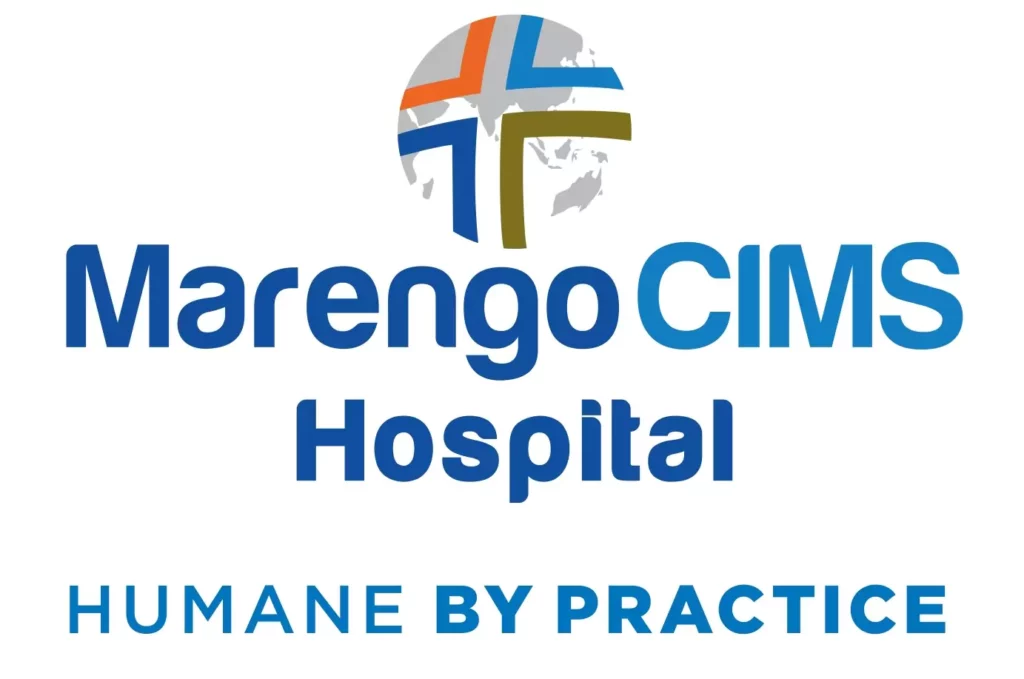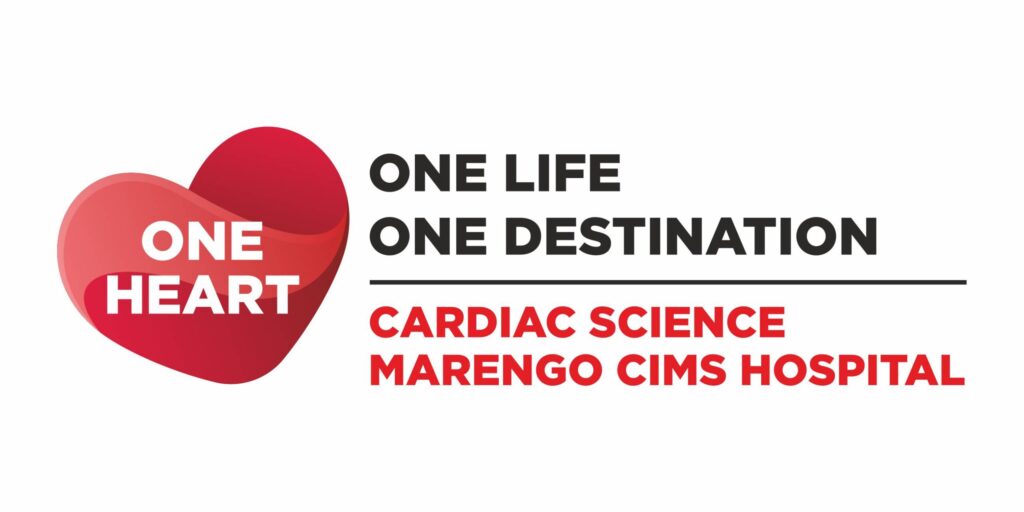Total Anomalous Pulmonary Venous Return-TAPVR
Total Anomalous Pulmonary Venous Return (TAPVR) is a rare congenital heart defect in which the pulmonary veins, which are responsible for returning oxygenated blood from the lungs to the left atrium of the heart, are improperly connected to the right side of the heart instead of the left atrium. This results in oxygen-rich blood mixing with oxygen-poor blood, causing reduced oxygen delivery to the body. TAPVR requires surgical intervention to correct the abnormal vein connections and restore normal blood flow. It occurs in approximately 1 in 10,000 live births and accounts for about 1-2% of all congenital heart defects.
There are four types of TAPVR based on where the pulmonary veins connect to the right side of the heart or to other vessels. These types include supracardiac (the veins connect above the heart, usually to the superior vena cava), cardiac (veins connect directly to the right atrium or coronary sinus), infracardiac (veins connect below the heart, often through the liver), and mixed (a combination of the above). Symptoms of TAPVR typically appear early in life and can include cyanosis (a bluish tint to the skin), difficulty breathing, poor feeding, and failure to thrive. If untreated, TAPVR can lead to severe complications, such as heart failure or life-threatening low oxygen levels.
Surgical repair of TAPVR involves reconnecting the pulmonary veins to the left atrium, allowing oxygenated blood to flow properly into the systemic circulation. The surgery is usually performed in infancy and is considered urgent once the condition is diagnosed. With timely surgical intervention, the long-term prognosis for children with TAPVR is generally favorable, though they may require ongoing follow-up care to monitor heart function and ensure no long-term complications arise.



